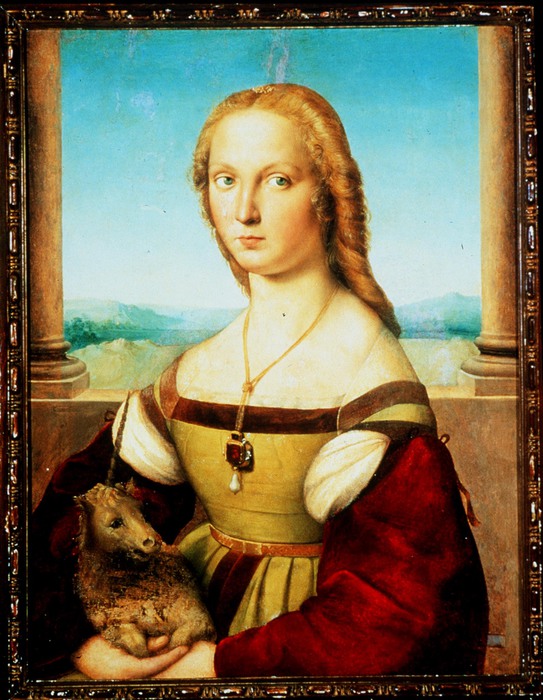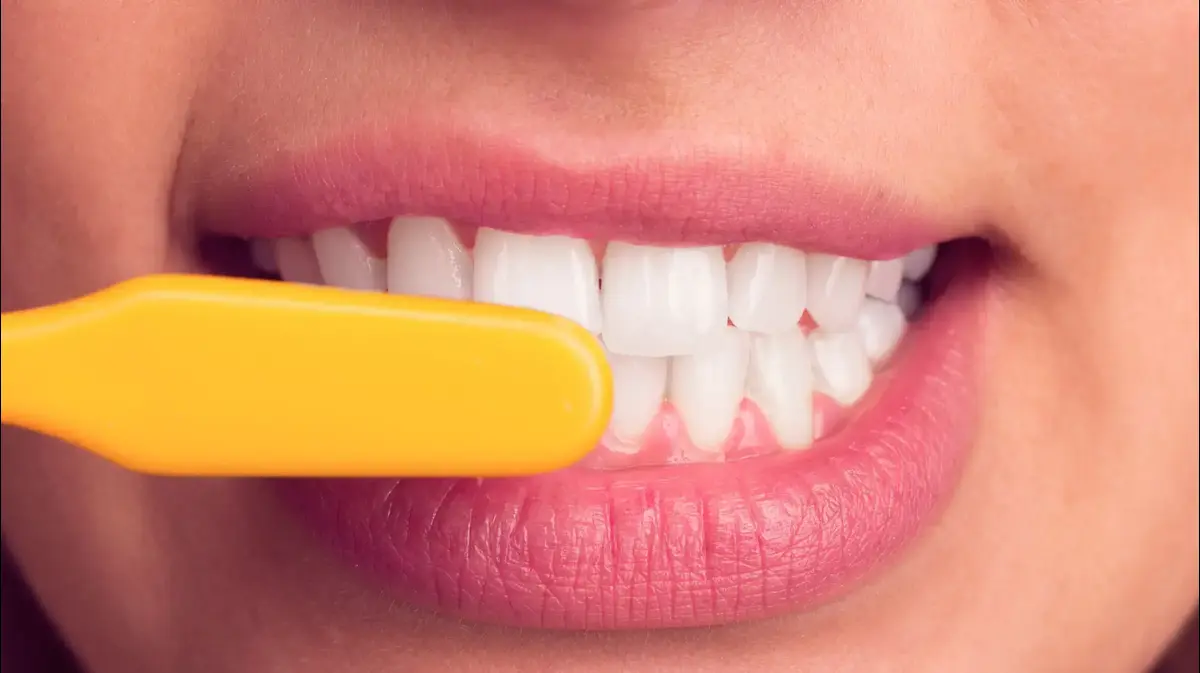Two samples of the most valuable and enigmatic coincide in Barcelona, with labyrinths, curiosities, pure science and analogies.
They take place at the CCCB and are an amalgamation of all the possible museums in the world, like in a story by Borges.
The first, until August 28, on the therapeutics of Francesc Tosquelles, who revolutionized the field of psychiatry at the time (the Republic and the Europe of fascism) and which bears the bizarre title of
Like a sewing machine in a field wheat
.
The second, which can be seen until the end of the year, revolves around the brain, the human and that of those other incorruptible constellations of animals, collective organisms (insects, birds), unicellular beings without a nervous system (fungi), and the most corruptible artificial intelligences.
A curious pantheism, that of the brain, which has a fabulous power of contamination, because visiting this type of exhibition that brings together anthropology, ethnography, natural and social sciences, neurology, biology, robotic engineering and thought provokes a magical vigor, and even plays ironically to devalue what we usually enclose in a privileged aura: art in the era of reproducibility.
Cerebro(s)
,
impeccably concocted by the physicist and biologist Ricard Solé and Emily Sargent, head of content for the Wellcome Collection in London (which has donated the scientific repository and the plot lines of the tour), is an anthology of the active and fantastic of our main organ, where all the enigmas arise: when does consciousness appear? Why are there brains? What happens when the mind becomes ill? What can we learn from the collective intelligence of ants?
Or can intelligent machines be created? And, more importantly, could they betray us?
Octopuses have three hearts, nine (!) brains, and eight arms capable of independently thinking for themselves.
Among all the documents, machines, gadgets and movies, the most fascinating and unexpected are those that have to do with non-humans.
Our minds have fantasized about the most frightening, utopian forms (Frankenstein / Robocop), but the animal and plant world surpasses any aesthetic dignity.
Octopuses have three hearts, nine (!) brains, and eight arms capable of independently thinking for themselves.
In addition, they are friendly and playful.
Spiders have extensive minds;
and there is a fungus, the
Physarum,
who is able to get out of a maze to find food.
The stoat, the pet of potatoes and cardinals, has extremely delicate skin that changes color depending on the season.
If it was hunted (in the Middle Ages), it preferred to be caught rather than go through the mud and dirty its skin.
A haughty animal, narcissistic to the supreme sacrifice (Satan wears ermine breeches).
Leonardo da Vinci painted his famous Lady Caressing a Mink, and at the same time devised one of his most fascinating creations, a robot in the form of an armored knight (exhibited in Milan in 1495).
A series of gears provided with toothed parts and motors driven by a shaft acted as "programmable controls" (it was the first analog-programmable computer).
The automaton could flex its legs, turn its neck,
to move the arms.
And when he opened his mouth, an automatic rotating drum allowed him to "speak."
In
Brain(s)
we read two statements that, not because they are obvious, are less revolutionary: "Human knowledge has its origin in perceptions" (Da Vinci) and "The point is that, if we do not develop language, we simply will not have access to much of the human experience, and if we do not have access to the experience, we will not be able to think correctly” (Noam Chomsky).
These two ideas are separated by a robot that speaks and interacts with the public and that, despite its futuristic appearance, does not seem much more sophisticated than Leonardo's.
A selection of works by 20 artists crosses the three sections of the exhibition: 'Matter', 'Mind' and 'Other minds'.
There are documentaries, like Werner Herzog
's The Cave of Forgotten Dreams
(2010) on Chauvet Paintings, a natural art gallery that preserves a magnificent 32,000-year-old prehistoric bestiary;
Joaquim Jordà's moving film about agnosia (unable to recognize an object);
paintings, such as the self-portraits made by an Alzheimer's patient (William Utermohlem), the video installation by Àlex Guevara, which starts from his own neuronal activity while he sleeps, and the one signed by Joan Fontcuberta and Pilar Rosado, where they apply generative neural network technology to the painting collection of the Prado Museum.
The result is another "entropic" museum, a kind of "technological unconscious" full of errors and
pentimenti
(regrets) without which the human being could not achieve singularity and perfection.
The Unicorn.
'Brain(s)'.
CCCB.
Barcelona.
Until December 11.
You can follow BABELIA on
and
, or sign up here to receive
our weekly newsletter
.
50% off
Subscribe to continue reading
read without limits
Keep reading
I'm already a subscriber

/cloudfront-eu-central-1.images.arcpublishing.com/prisa/C4RKQXBSCVCOPBFFWVLGYTA3AQ.jpg)
/cloudfront-eu-central-1.images.arcpublishing.com/prisa/CY3MBVCW4BE4ZPFNI4WI4AQ6IE.jpg)






